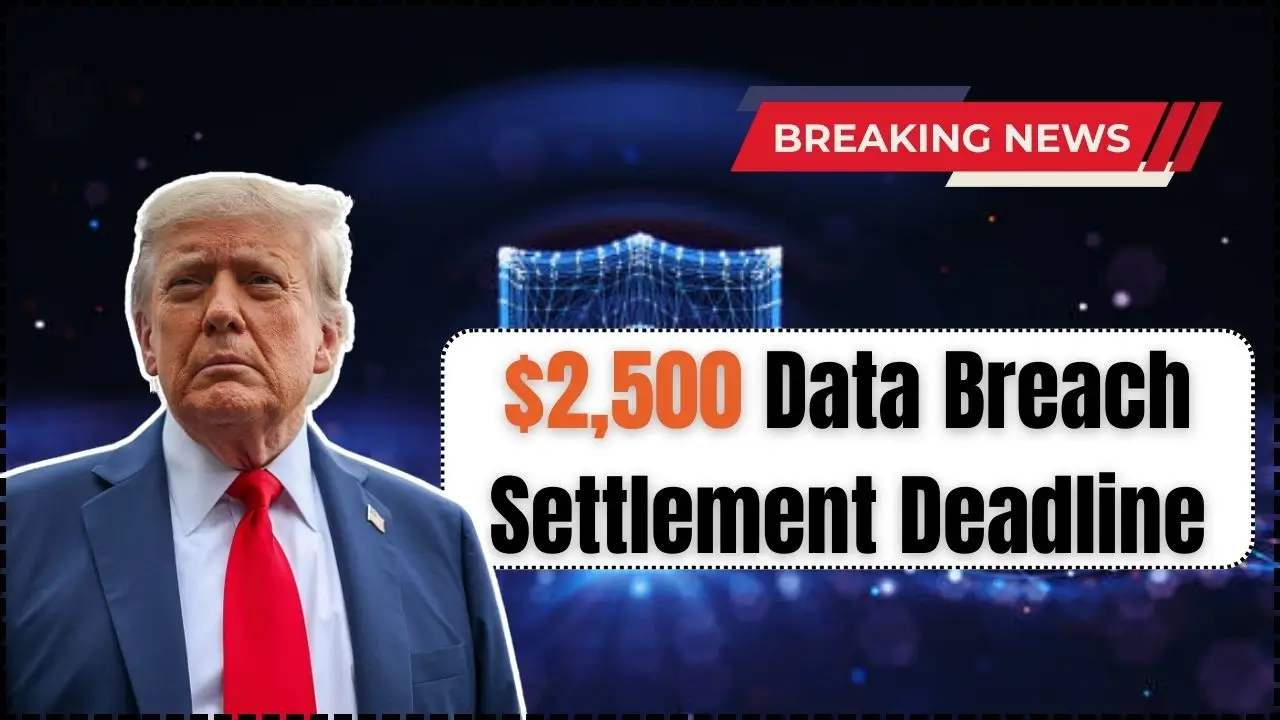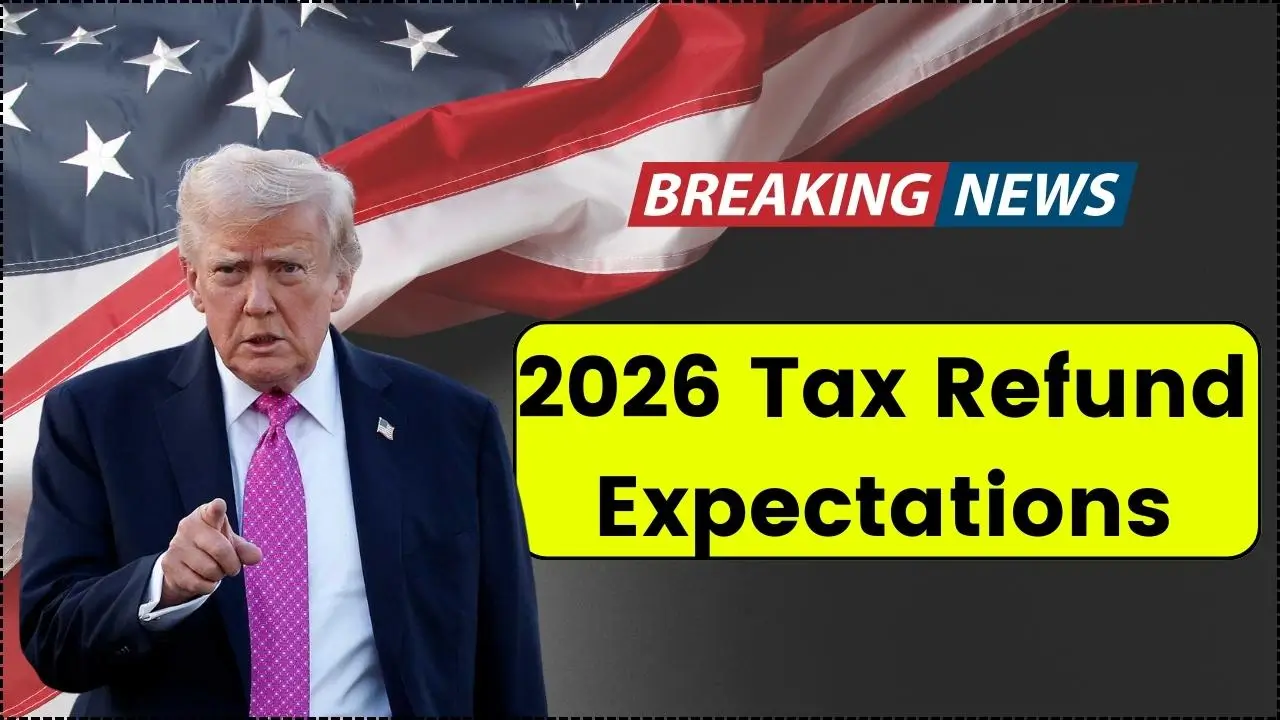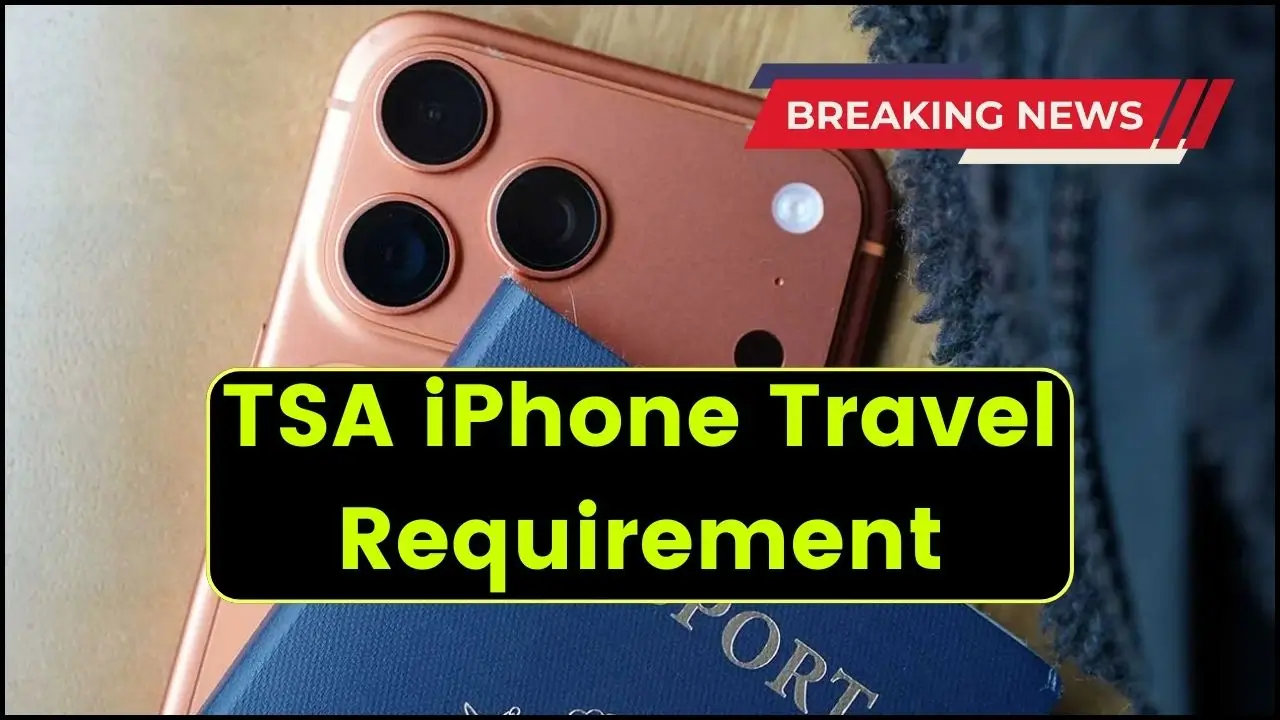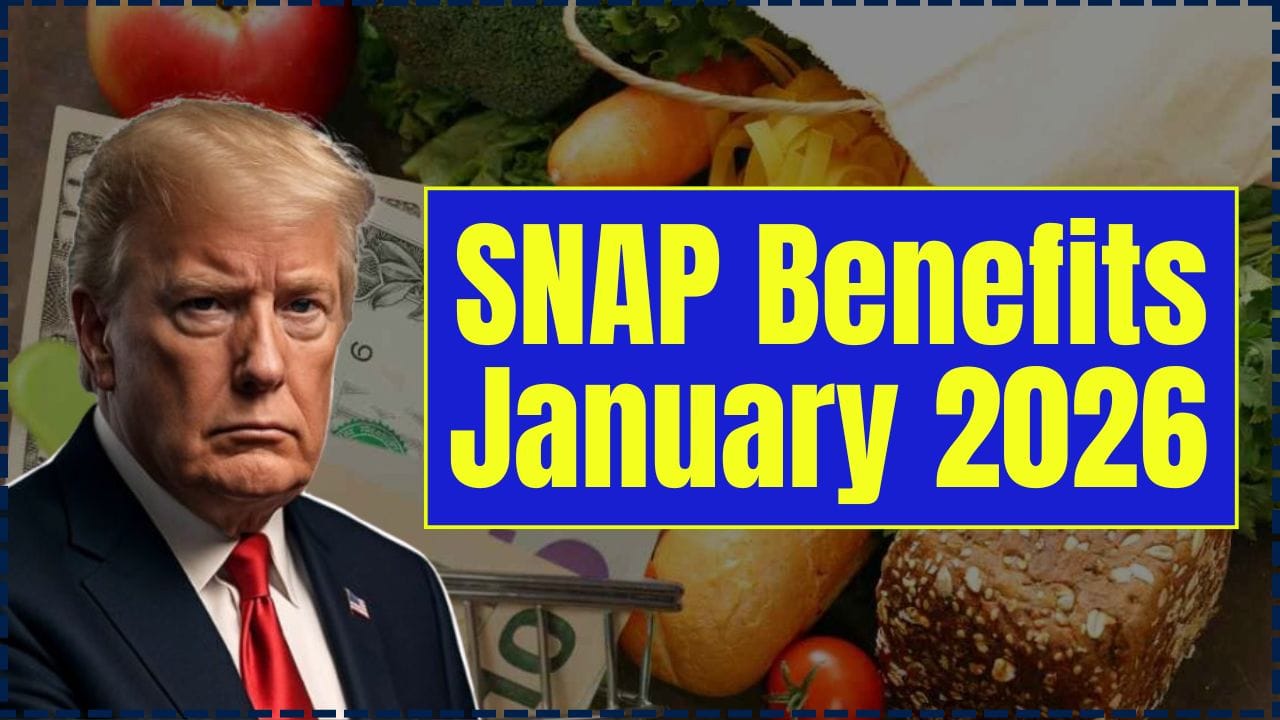Embarking on a journey to study in the USA is a dream for many, opening doors to world-class education and unparalleled opportunities. However, for aspiring international students, the phrase “USA Study Visa Delays” can stir a mix of anxiety and uncertainty. We understand these concerns deeply, and it’s why we’ve dedicated ourselves to providing clear, actionable guidance to help you successfully navigate the application process. This article, coupled with our upcoming informational webinar, is designed to empower you with the knowledge and strategies you need to minimize delays and secure your F-1 visa.
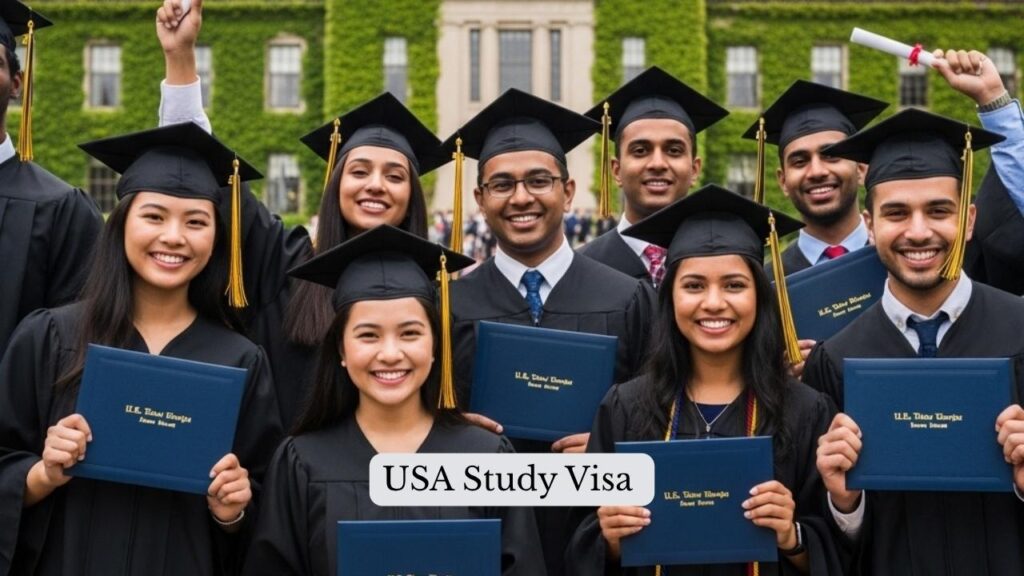
As a seasoned writer on this topic, I’ve witnessed firsthand the dedication and hard work that goes into preparing for study abroad. I’ve also seen how a lack of timely information can lead to unforeseen hurdles. That’s why this guide focuses on anticipating challenges and providing proactive solutions, drawing on expert insights and recent updates.
Understanding the Landscape of US Student Visas
The United States continues to be a top destination for international students, despite fluctuations in visa issuance. For instance, while overall F-1 visa issuance saw a 15% year-on-year drop in the first half of FY2025, with a notable decline among Indian nationals, student mobility is becoming more geographically diverse. This evolving pattern underscores the importance of staying informed and adaptable.
One of the primary reasons for US student visa delays can be attributed to increased application volumes post-pandemic and evolving screening procedures, including heightened scrutiny of social media accounts, which came into effect in May and June 2025.It’s crucial to understand that even minor discrepancies or incomplete information can lead to administrative processing, extending your wait time significantly.
Proactive Strategies to Combat USA Study Visa Delays
Successfully securing your US student visa requires meticulous preparation and a proactive approach. Here’s how you can take control of your application process:
I. Early Bird Gets the Visa: Timing Your Application
The single most impactful strategy to avoid USA Study Visa Delays is to start early. As soon as you receive your Form I-20 from your chosen SEVP-approved institution, begin your visa application. You can apply for your F-1 visa up to 365 days before your program start date. This generous window is not merely a suggestion; it’s a critical buffer. Consular sections, particularly in high-demand countries like India, often experience long wait times for interview appointments. For example, while Kolkata had shorter visitor visa wait times, other major consulates like Chennai faced wait times up to 14 months for B1/B2 visas as of June 2025, though F-1 wait times were generally shorter (1.5 to 2.5 months in May 2025). These figures can fluctuate, emphasizing the need to schedule your interview as soon as possible.
II. The DS-160: Your Digital First Impression
The DS-160, the Online Nonimmigrant Visa Application Form, is your first formal introduction to the U.S. consulate. Errors here are a leading cause of F1 visa common issues and delays.
- Accuracy is Paramount: Double-check every detail. Ensure your personal information, school name, and SEVIS ID match exactly what’s on your I-20. Small discrepancies can lead to significant processing hurdles.
- Social Media Disclosure: A critical update in recent years is the requirement to disclose all social media identifiers on the DS-160.3 Consular officers may also review public social media profiles. Be honest and ensure your online presence is consistent with your intentions as a student.
- Submission Timing: It is strongly advised to submit your DS-160 at least two business days before your scheduled visa interview.
III. Financial Proof: Demonstrating Your Ability to Fund Your Education
One of the most common reasons for F-1 visa denial is insufficient or unclear financial support. The consular officer needs to be convinced that you have adequate funds to cover your tuition, living expenses, and other associated costs for your entire period of study.
- Bank Statements: Provide recent bank statements that clearly show the required funds.
- Sponsor’s Affidavit: If a family member or other individual is sponsoring your education, they must provide a notarized affidavit of support, along with their bank statements and income tax returns.
- Scholarship Letters: Include official scholarship award letters if applicable.
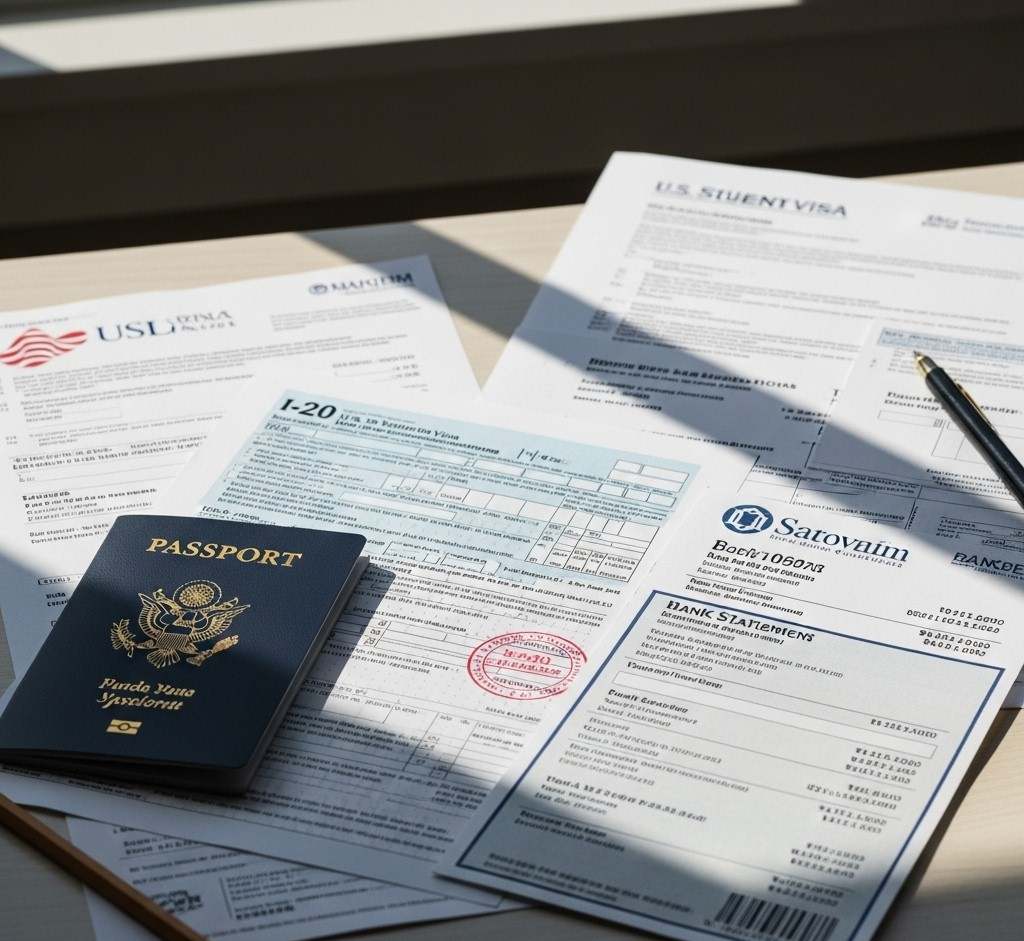
IV. The Visa Interview: Your Opportunity to Shine
The visa interview is a crucial step. It’s your chance to articulate your intentions and demonstrate your genuine desire to study in the U.S. and return to your home country after graduation.
- Be Prepared: Research your chosen university and program thoroughly. Be ready to discuss why you chose that particular institution and how your studies align with your future career goals. Consular officers often look for strong ties to your home country, like family, property, or job prospects.
- English Proficiency: The interview will be conducted in English. Practice speaking clearly and concisely.
- Honesty is Key: Answer all questions truthfully and directly. Inconsistent answers can raise red flags.
- Professionalism: Dress formally or business casual. Be punctual and confident.
V. Essential Documents: A Checklist for Success
Having all your documents organized and readily available is non-negotiable. Missing even one crucial document can lead to significant US visa interview delays.
- Valid passport (valid for at least six months beyond your planned stay)
- Form I-20 (Certificate of Eligibility for Nonimmigrant Student Status)
- I-901 SEVIS fee payment receipt ($350 for F-1 students)
- DS-160 confirmation page with barcode
- Visa application fee payment receipt ($185)
- One recent photograph (meeting U.S. visa requirements)
- Academic transcripts and diplomas
- Standardized test scores (TOEFL, IELTS, GRE, GMAT, SAT, etc.)
- Proof of financial support (bank statements, sponsor affidavits, scholarship letters)
- Evidence of ties to your home country (property deeds, family ties, job offers)

Addressing Potential Delays: What to Do If You Encounter Hurdles
Even with meticulous preparation, US student visa processing times can sometimes be unpredictable. If your visa is delayed:
- Contact Your School’s DSO: Your Designated School Official (DSO) at your university’s international student office is your primary resource. They can provide guidance, update your I-20 if necessary (e.g., for a deferred start date), and offer advice on communication with the embassy.
- Administrative Processing (221g): If your application is flagged for administrative processing (often indicated by a 221g slip), it means your case requires further review. While most cases resolve within weeks, some can take months. There is no way to expedite this process through the embassy, but staying in touch with your DSO is crucial.
- Deferral: In the worst-case scenario, if your visa isn’t approved before your program’s start date, you may need to defer your enrollment to the next term or academic year. Your university can guide you through this process.
Community Insights and Support
The journey to study in the U.S. is often shared by thousands of other aspiring students. Leveraging community platforms can provide valuable insights and support.
New UK Temporary Shortage List: Your Pathway to a Skilled Worker Visa
$250 Fee on United States Non-Immigrant Visas: What It Means for You
10 New USA Universities Without IELTS for Spring 2026 Admissions
FAQ
Q1: How long does it typically take to get a US student visa?
A: US student visa processing times vary significantly by country and consulate. While some may get their visa within weeks of the interview, others, especially those flagged for administrative processing, could wait several months. It is crucial to check the specific wait times for your local U.S. embassy or consulate as they can fluctuate.
Q2: What are the most common reasons for F-1 visa denials?
A: Common reasons include failing to prove non-immigrant intent (i.e., convincing the consular officer you intend to return home after your studies), insufficient proof of funds, incomplete or inconsistent documentation, and poor performance during the interview. Addressing these F1 visa common issues is vital.
Q3: Can I expedite my US student visa application?
A: Generally, there is no direct way for applicants to expedite the standard visa processing time. However, in emergency situations (e.g., a medical emergency or a critical academic deadline), some consulates may consider expedited interview requests. This is granted on a case-by-case basis and requires strong documentation of the urgency.
Q4: What should I do if my visa application is under administrative processing?
A: If your visa is under administrative processing (221g), you generally need to wait for the U.S. Department of State to complete its review. Contact your university’s International Student Office (DSO) for guidance, and regularly check the status of your application online using the case number provided. Patience is key in these situations.


